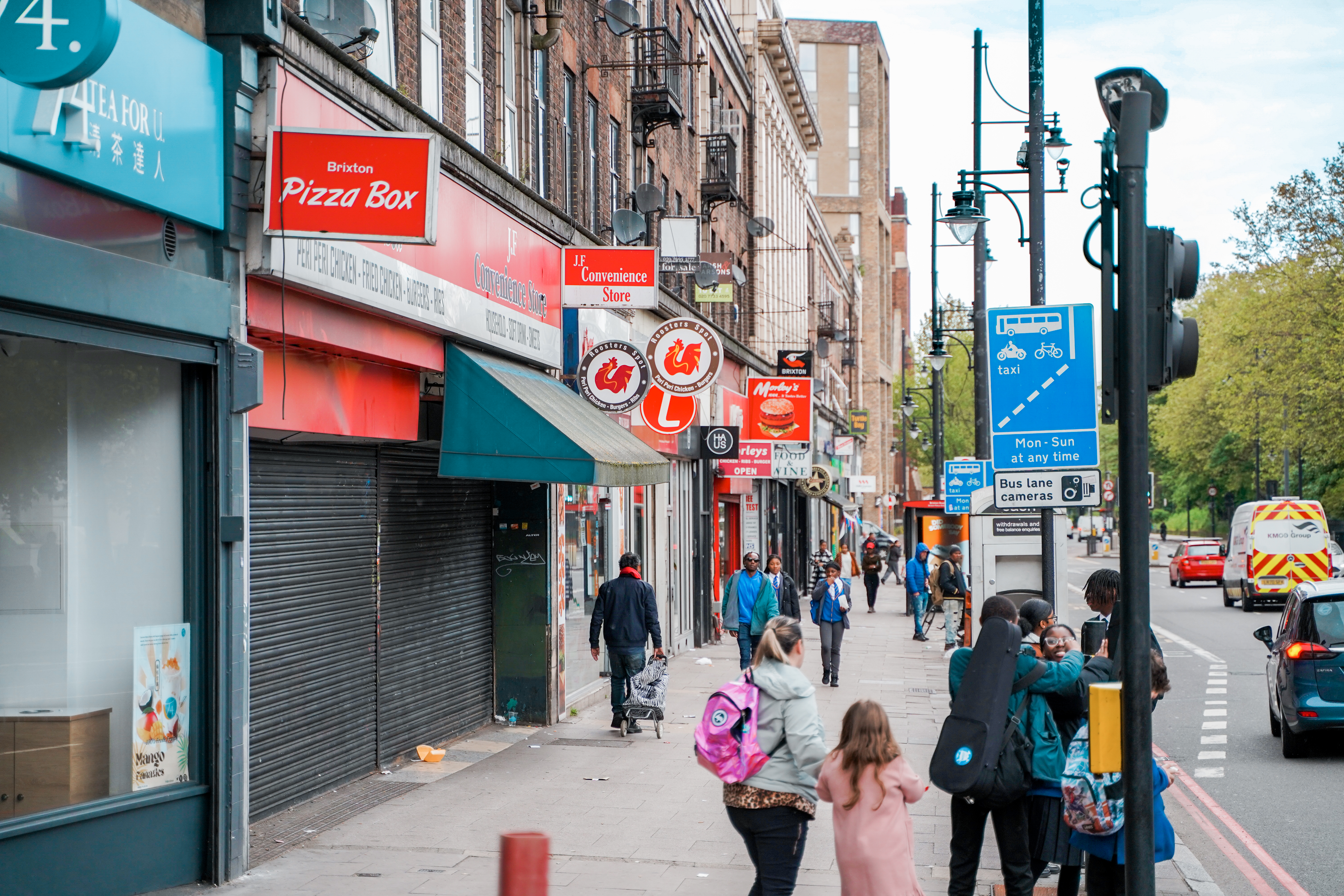More unhealthy food than healthy options
.jpg?w=6000&h=4000&ext=.jpg&width=1360&resizemode=force)
People today don’t have less will power, different appetites or different biology than previous generations. The problem is our food environment has changed dramatically.
Our cities, towns and villages are full of shops, takeaways and stalls selling unhealthy food and drink. It’s everywhere, even in public places like outside schools and parks, and along seafronts and scenic walks. In comparison, it is harder to find healthy food options. This is especially true in poorer areas, where streets are full of fast-food outlets and convenience stores.
What food is available?
The World Health Organisation says 85% of food produced by the largest food and drink companies should not be marketed to children. In the UK, two-thirds of food and drink sales by global food businesses comes from unhealthy food.
This unhealthy food is especially designed to taste good and to be easy to prepare. We are encouraged to eat a lot of it, to supersize our portions. Just think share bags, meal deals, munch-boxes and ‘buy one get one free’.
What’s more, unhealthy food is 3 times cheaper to produce than healthy food. This means buying healthy food is usually more expensive. In fact, buying healthy food can cost some of us a third of our weekly income.
When we go to a restaurant with our children, most children's menus include fried chicken and chips, sausage and chips, burger and chips or a pasta dish. In Northern Ireland, chips are served with 72% of children’s meals. Vegetables are only available with 24% of meals.
So it is no surprise that we spend between up to 21% of our food budget on unhealthy food compared about 7% on fruit and less than 8% on vegetables. And that over 25% of children’s meals include unhealthy food and drink, and up to 37% of children’s afternoon and evening snacks are unhealthy.
Where we live
Where we live affects what we eat. Some areas don’t have many shops or restaurants that sell healthy food. These areas are known as ‘food deserts’ – and many of them are in less well-off areas. For example, in Dublin disadvantaged areas have more takeaways and less supermarkets or food shops than in more privileged areas.
So for many of us it is cheaper and easier to buy unhealthy food in our current food environment.
What can we do?
We know that children are increasingly at risk of food-related ill-health. To stop this, we need to build a healthier food environment so that healthy eating is possible for every child, in every community.
The first step is being aware of the food that surrounds us and how we are encouraged to buy unhealthy food at every turn. Talk to friends and family about what a healthy food environment would look like. And follow the #TalkAboutFood conversation on the Safefood social channels.


